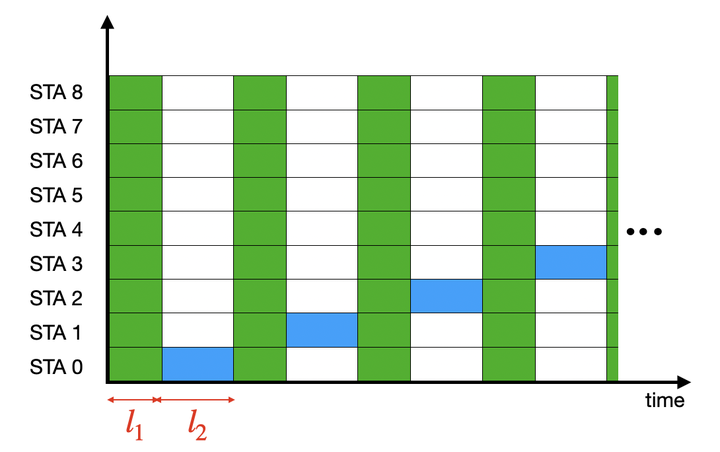HotMobile '25: Is WTSN the missing piece for low latency in general-purpose Wi-Fi?
 Networking challenge of interactive applications
Networking challenge of interactive applications
Abstract
The high latency and variability of current Wi-Fi networks severely impairs interactive networked applications like extended reality and cloud gaming, and even negatively affects web browsing. Recently, wireless Time-Sensitive Networking (WTSN) has emerged to offer powerful time synchronization and scheduling capabilities that can enable deterministic low latency. However, WTSN relies on precise advance knowledge of packet arrival times and tight integration between applications and a centralized network controller, limiting its scope to niche settings. Resolving WTSN’s dependence on knowledge of packet arrival times is key to determining whether it can be a low latency enabler in general-purpose Wi-Fi. Thus, in this work, we ask: are the stringent assumptions of WTSN necessary to achieve the low latency benefits? Contrary to prevailing assumptions, we find that it is indeed possible to enable low tail and mean latency without prior knowledge of precise packet arrival even in the presence of high throughput background flows. We demonstrate this in simulation using a WTSN-enabled multipath design that partitions the network into two logical paths: one with very low latency and high reliability, and another offering high throughput at the expense of latency and reliability. Further, we describe how our design and WTSN can both complement the powerful OFDMA capabilities of Wi-Fi and present initial results for the same. We conclude by discussing deployability and promising future directions.